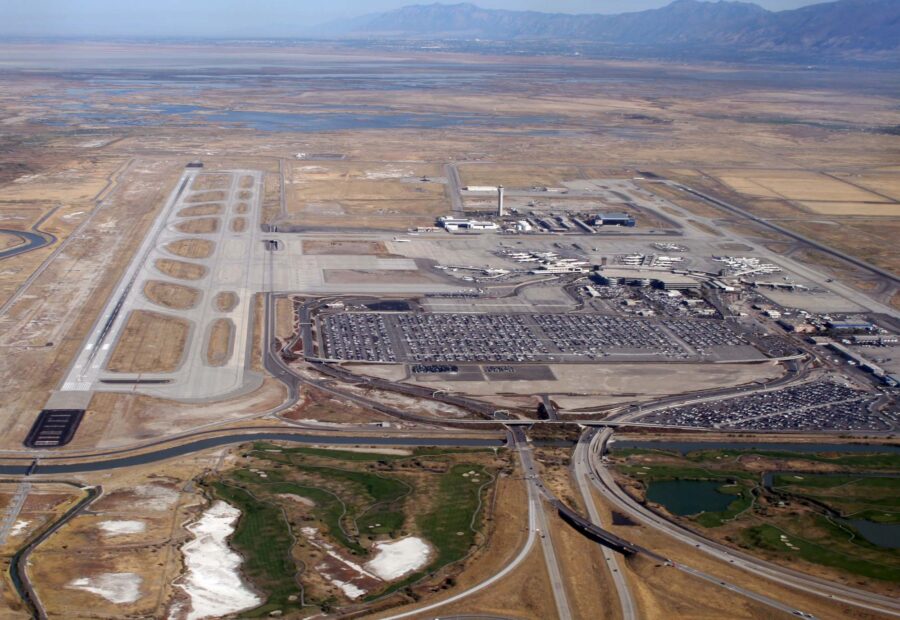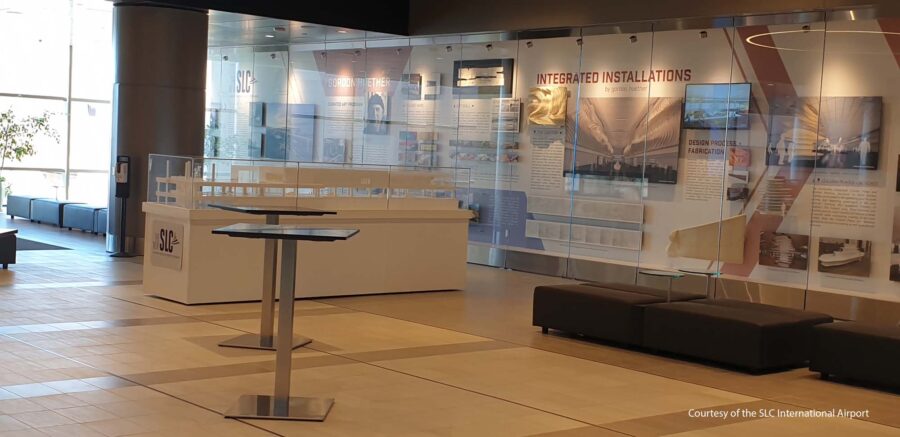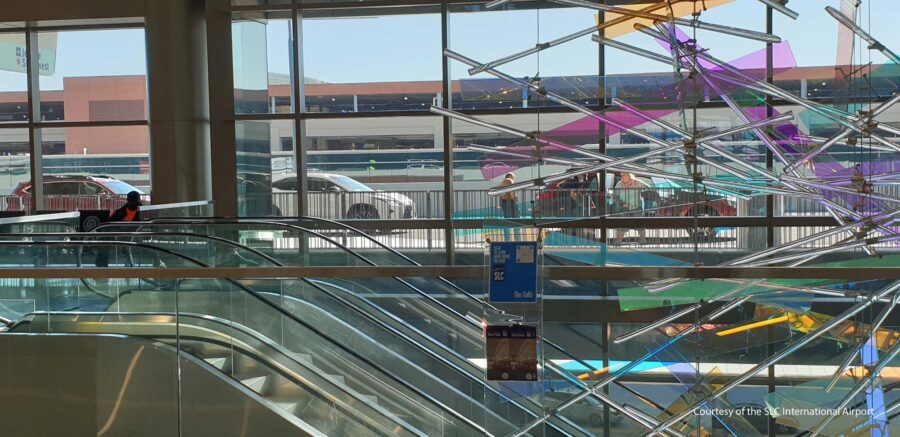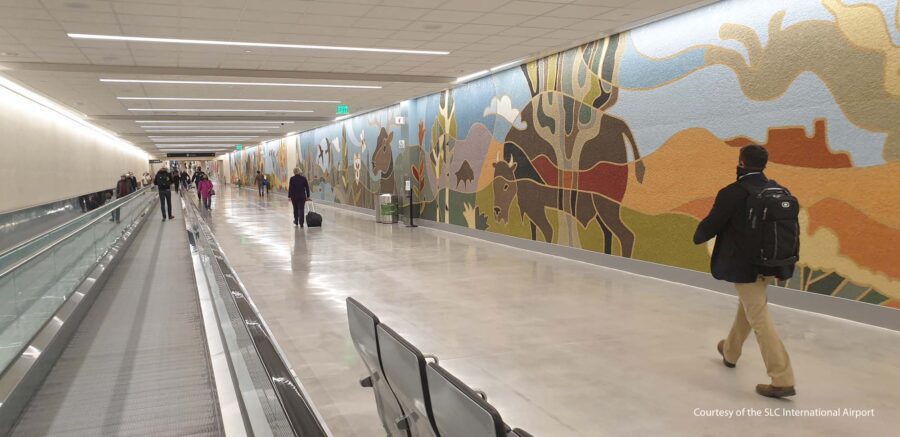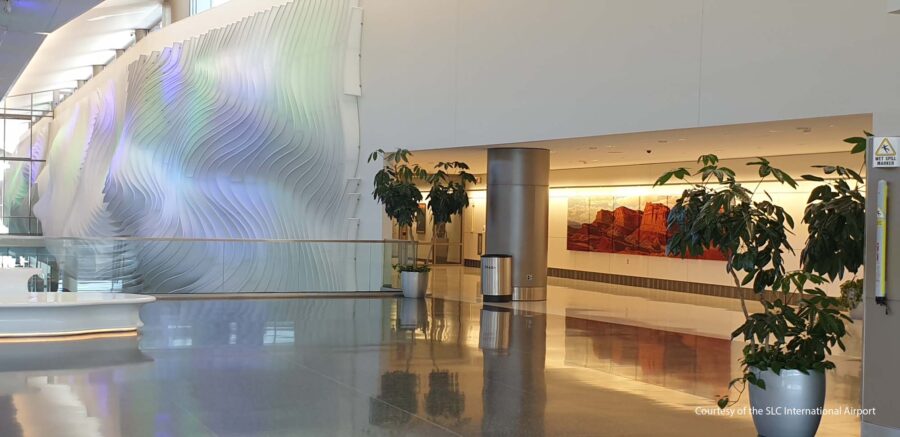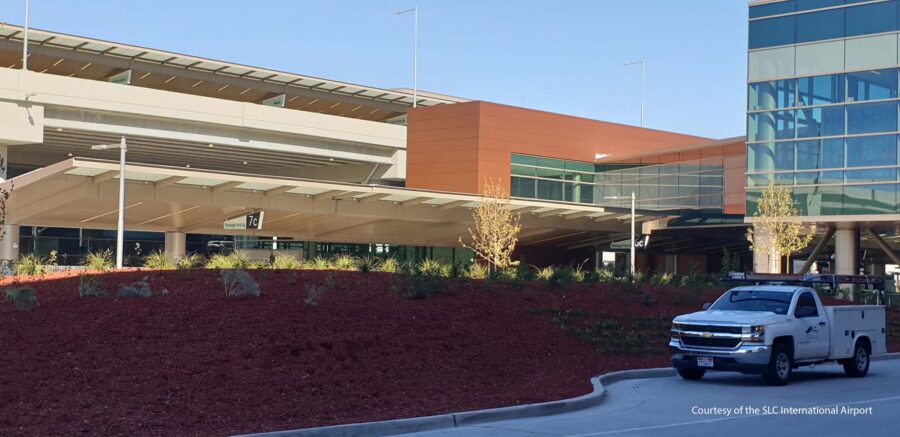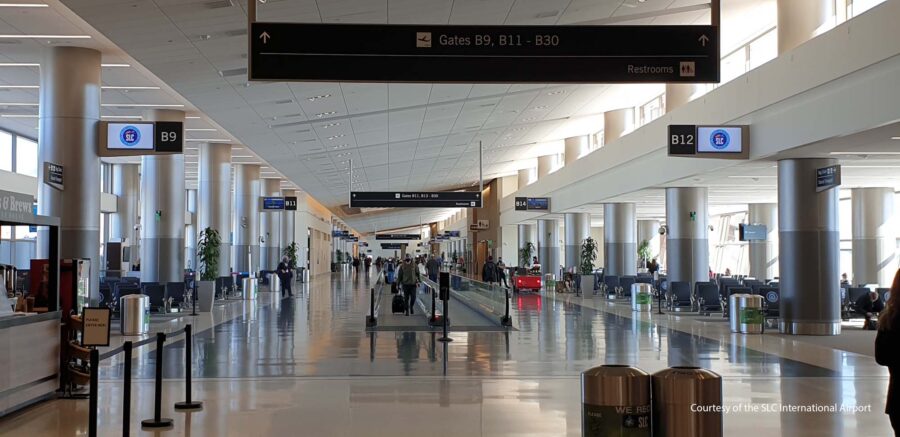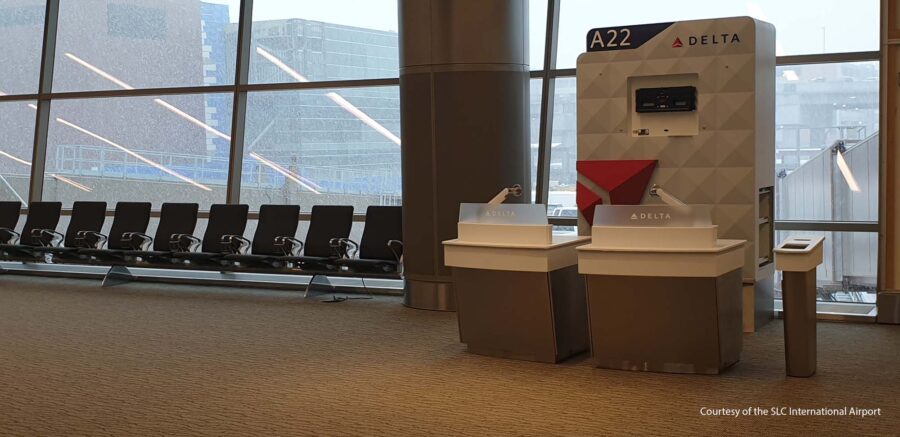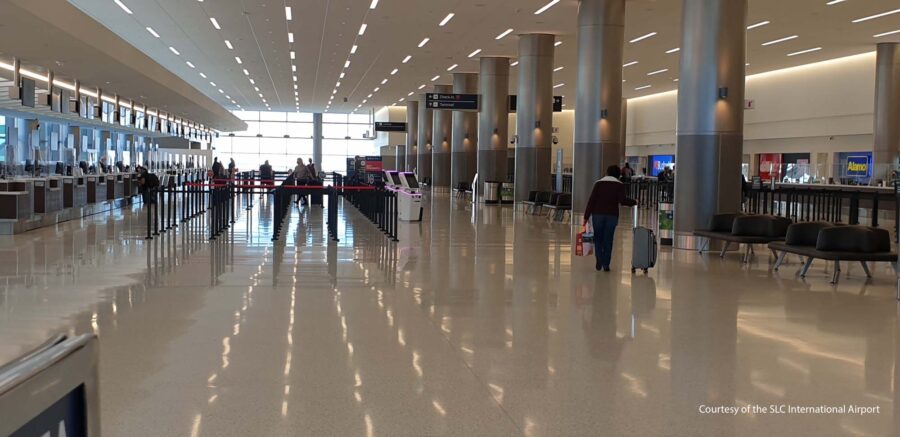
Location Salt Lake City, UT
Client Salt Lake City Department of Airports
Services Estimating & Cost Management, Program Management
Project Value $1.5 billion
Hill is providing program management support services to help deliver the Airport Redevelopment Program (ARP) for Salt Lake City Department of Airports (SLCDA). More than 26 million passengers use Salt Lake City Airport annually, with more than 300 scheduled daily flights. The ARP will modernize the Airport by building a new terminal and adding new north and south concourses to accommodate this traffic and add nearly 650,000 SF, representing a significant increase to the Airport’s facilities and spaces. Hill’s team serves in a staff augmentation role for the program, with an emphasis on senior program management leadership. Our approach to delivering the ARP involves building a “Best-in-Class” Integrated Program Management Team and building and maintaining strong working relationships with SLCDA personnel.
Phase 1 of the program was completed on time and within budget. This phase replaced 3 existing 50-year-old terminals and 5 concourses with a stunning new, 2 million SF terminal and 2 new concourses. The new terminal and concourses are supported by an additional 2 million SF of new support facilities, including a 5-level, 3,600-space parking garage, central utility plant, rental car quick turnaround and rental service site, and more than 60 acres of new airfield paving and utilities.
Phase 2 of the program concluded on October 27, 2023, and provides an additional 1 million SF of concourse space, including 22 gates and dozens of new shops and restaurants. The ongoing Phase 3 comprises nine additional gates, a pedestrian tunnel, a mini-plaza, and multiple art installations. This phase is expected to conclude in October 2025. Eleven gates of Phase 4 are expected to open in October 2026, and the program’s last gate is expected to open in October 2027.
The ARP will ultimately replace 29 structures, including 3 terminals and 5 concourses, and encompasses several supporting projects. The entire program is being delivered using the CM-at-Risk method and is designed to achieve LEED Gold certification.
The new terminal features highly efficient MEP systems, an evaporative cooling system that uses significantly less energy than a traditional climate control system, and the latest in sustainable finishes and fixtures. In addition, SLC is striving to make ground service equipment for the terminal 100% electric. This would make SLC one of the first airports in the world to eliminate fossil fuels entirely from their ground operations.
Specific services Hill provides include program controls, project controls, field engineering, QA/QC management, safety coordination, and document control. Hill staff have performed coordination and oversight for the central utility plant and MEP systems, concessions and rental car tenant coordination, and fueling construction coordination. Our assigned staff members are oriented prior to their SLCDA assignment. This orientation introduces them to the procedures, preferences, and processes of the ARP.
THE COMPLETION OF PHASE 1 FACED SEVERAL CHALLENGES: AN AGGRESSIVE SCHEDULE, STAKEHOLDERS RANGING FROM AIRLINES TO LOCAL UTILITY PROVIDERS, A SHIFTING REGULATORY ENVIRONMENT, AND, OF COURSE, COVID-19 ALL THREATENED TO DELAY DELIVERY. HOWEVER, THANKS TO THE COMMITMENT OF SLC, A PROACTIVE MANAGEMENT APPROACH, EXPERIENCED LEADERSHIP, AND FORMAL AND INFORMAL COMMUNICATIONS PROCESSES AND PROTOCOLS, PHASE 1 FINISHED ON TIME AND WITHIN BUDGET.
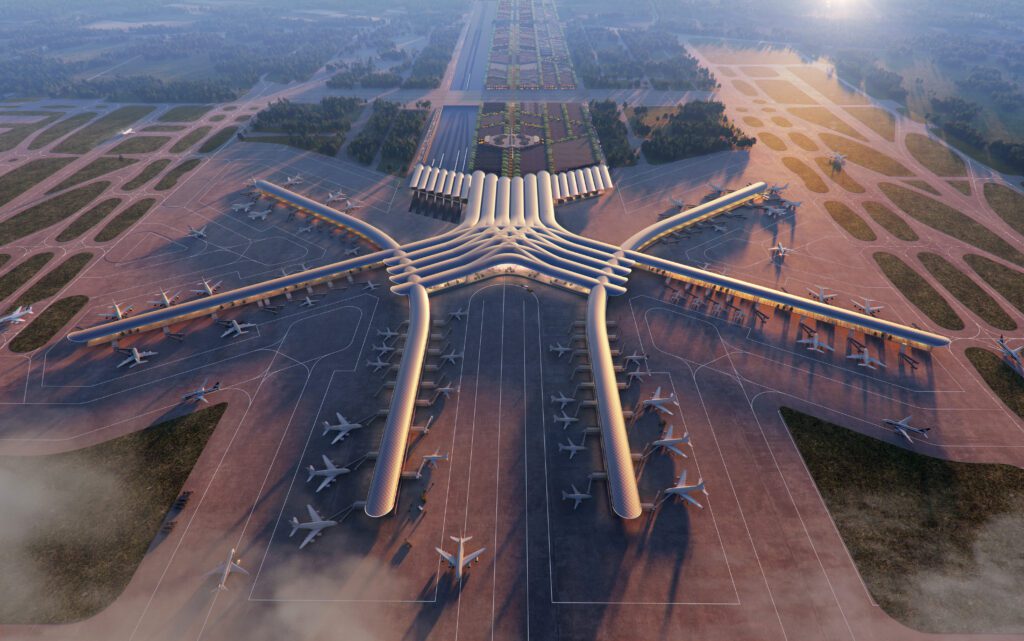
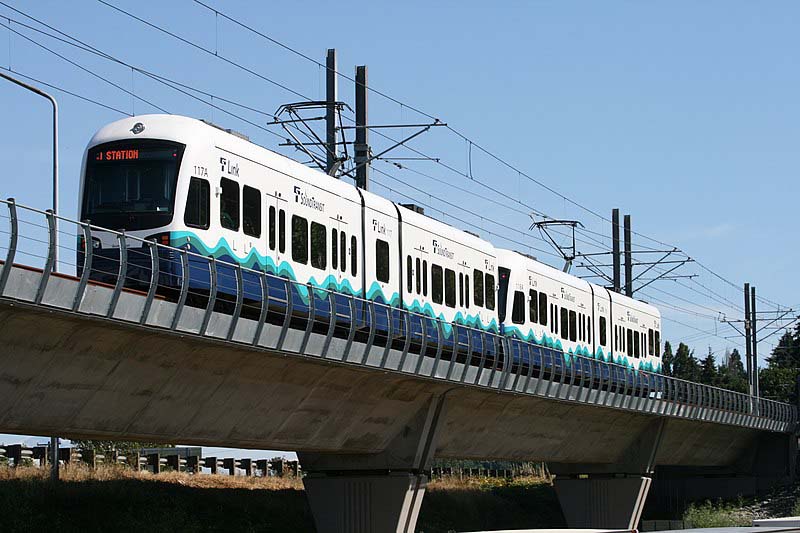
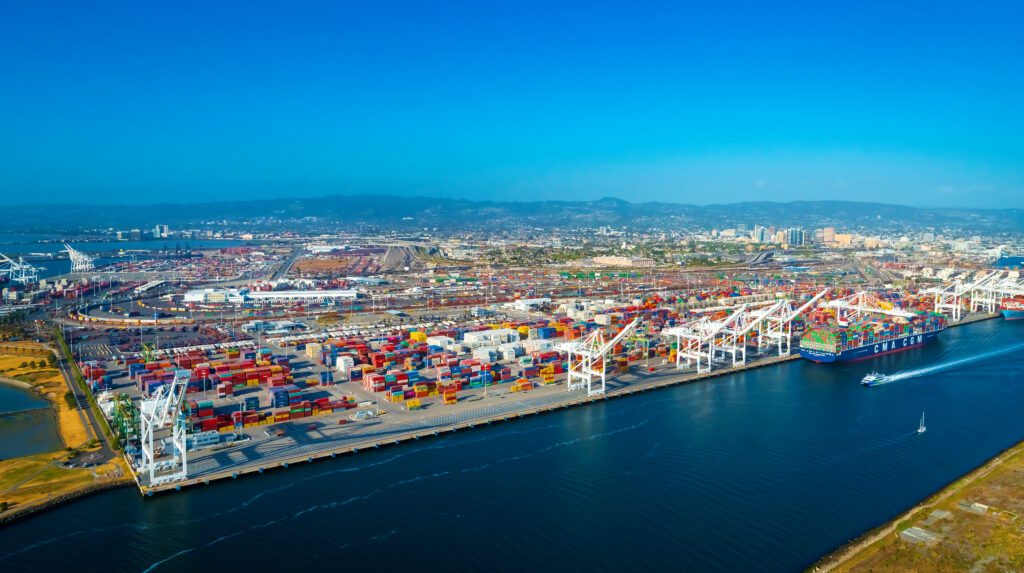
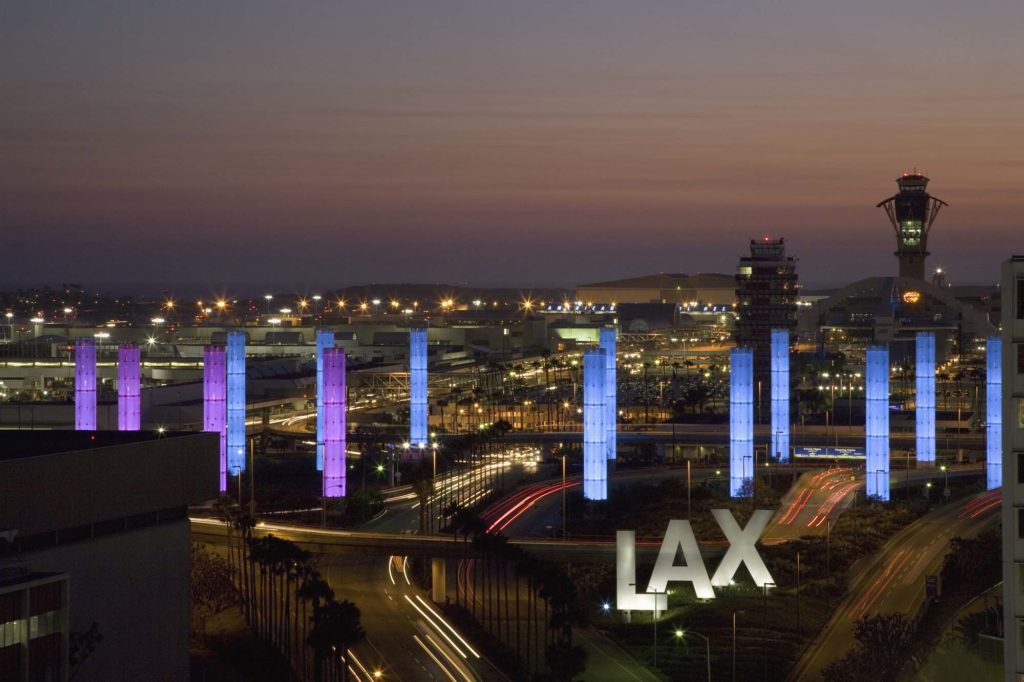
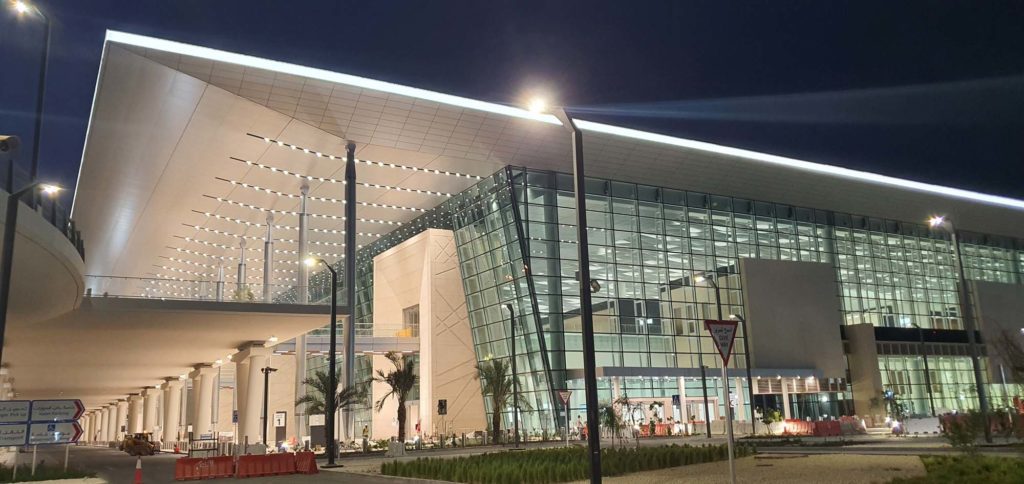
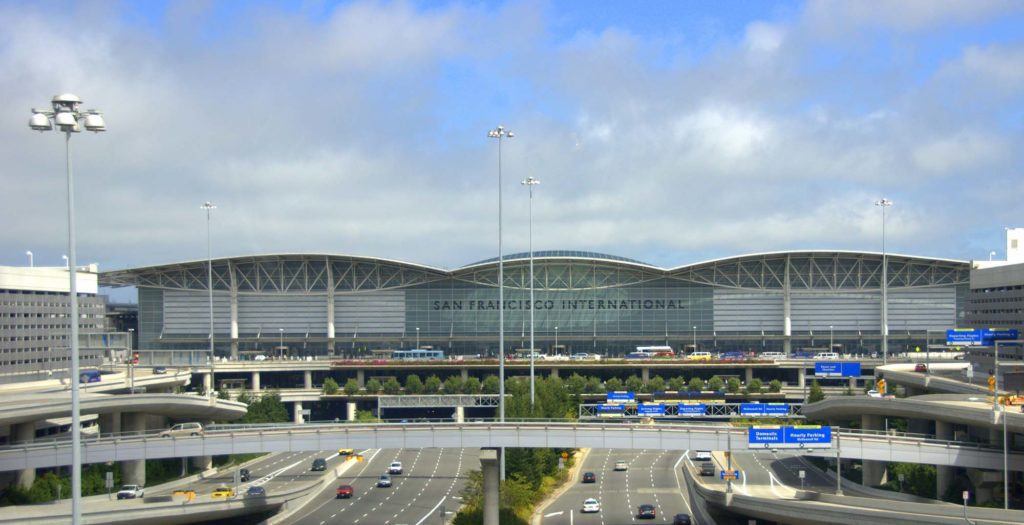
We and use cookies and other tracking technologies to improve your experience on our website. We may store and/or access information on a device and process personal data, such as your IP address and browsing data, for personalised advertising and content, advertising and content measurement, audience research and services development. Additionally, we may utilize precise geolocation data and identification through device scanning.
Please note that your consent will be valid across all our subdomains. You can change or withdraw your consent at any time by clicking the “Consent Preferences” button at the bottom of your screen. We respect your choices and are committed to providing you with a transparent and secure browsing experience.
| Cookie | Duration | Description |
|---|---|---|
| cookielawinfo-checbox-analytics | 11 months | This cookie is set by GDPR Cookie Consent plugin. The cookie is used to store the user consent for the cookies in the category "Analytics". |
| cookielawinfo-checbox-functional | 11 months | The cookie is set by GDPR cookie consent to record the user consent for the cookies in the category "Functional". |
| cookielawinfo-checbox-others | 11 months | This cookie is set by GDPR Cookie Consent plugin. The cookie is used to store the user consent for the cookies in the category "Other. |
| cookielawinfo-checkbox-necessary | 11 months | This cookie is set by GDPR Cookie Consent plugin. The cookies is used to store the user consent for the cookies in the category "Necessary". |
| cookielawinfo-checkbox-performance | 11 months | This cookie is set by GDPR Cookie Consent plugin. The cookie is used to store the user consent for the cookies in the category "Performance". |
| viewed_cookie_policy | 11 months | The cookie is set by the GDPR Cookie Consent plugin and is used to store whether or not user has consented to the use of cookies. It does not store any personal data. |

